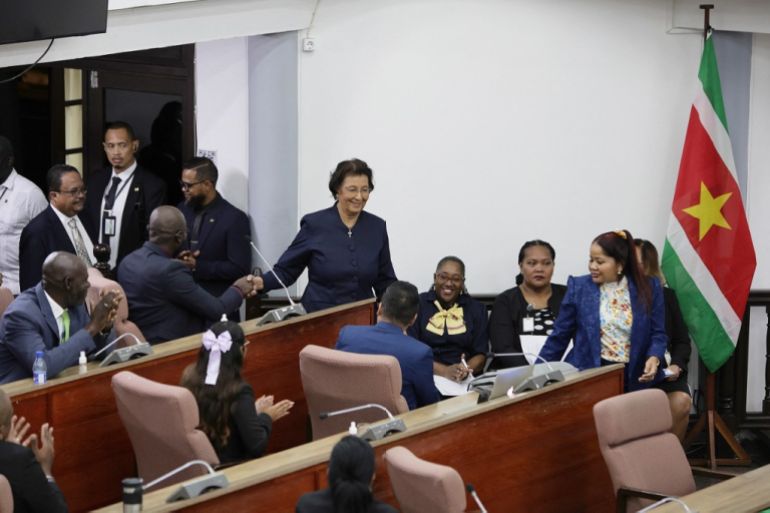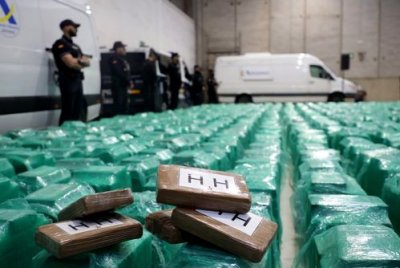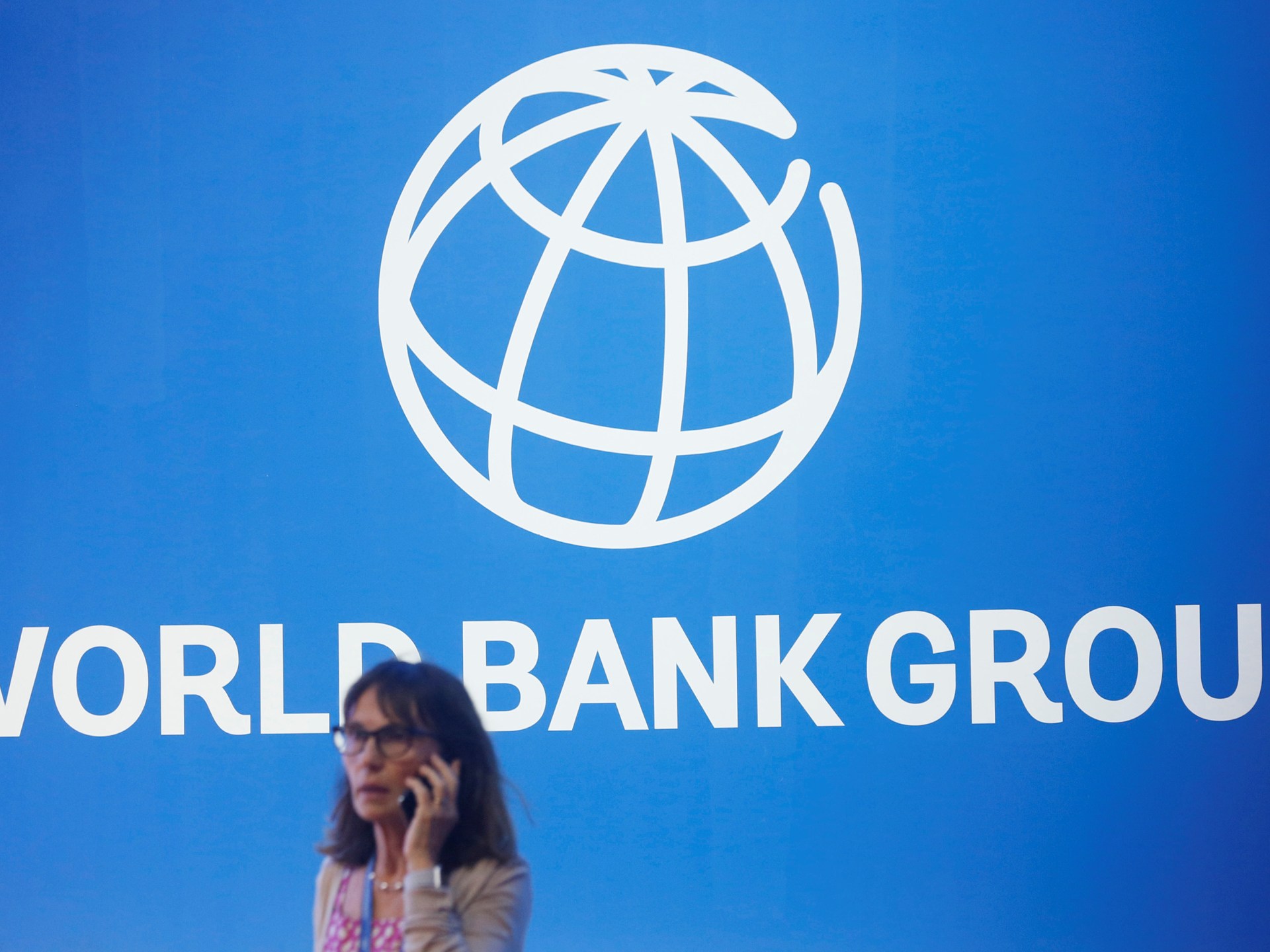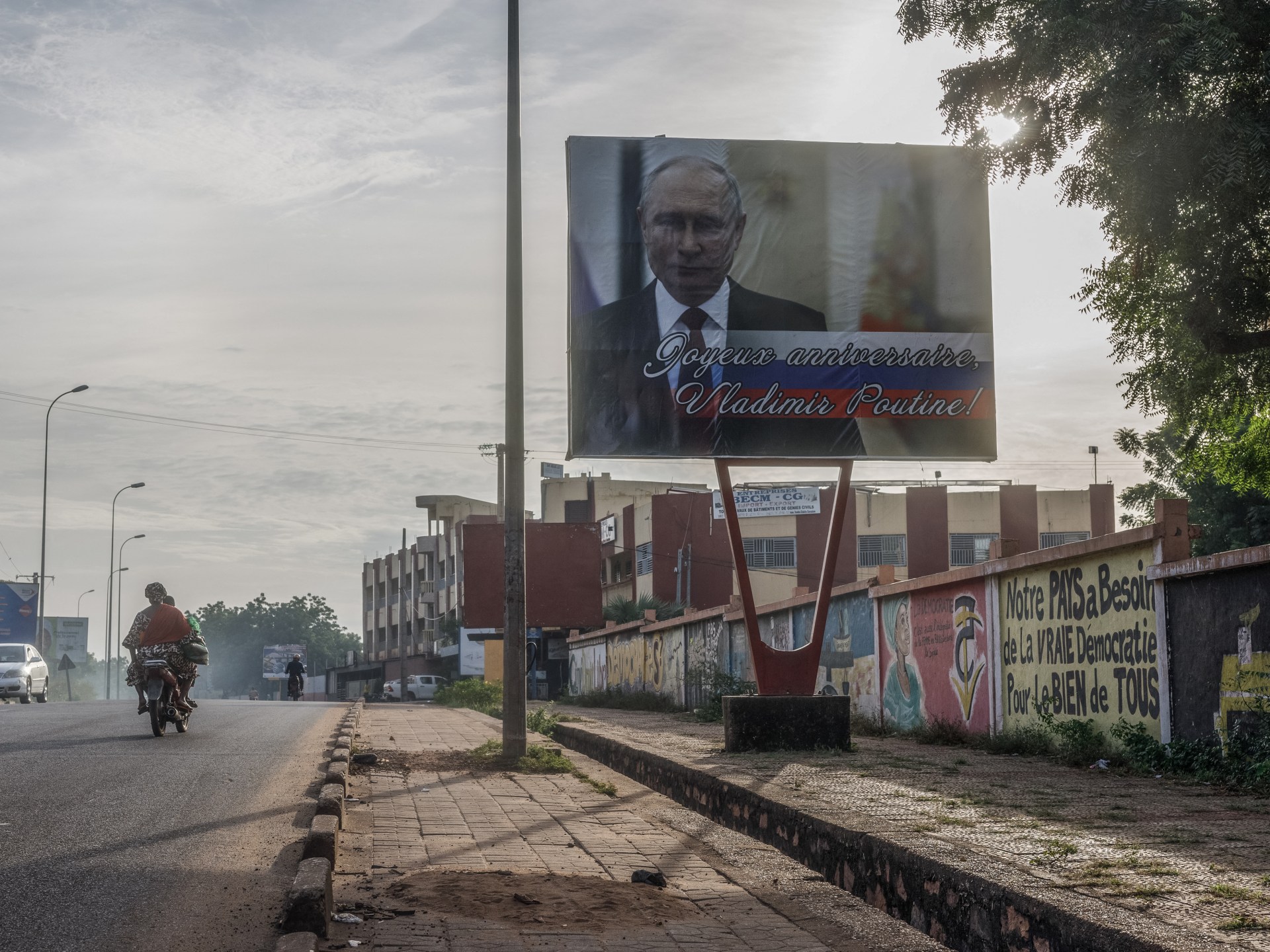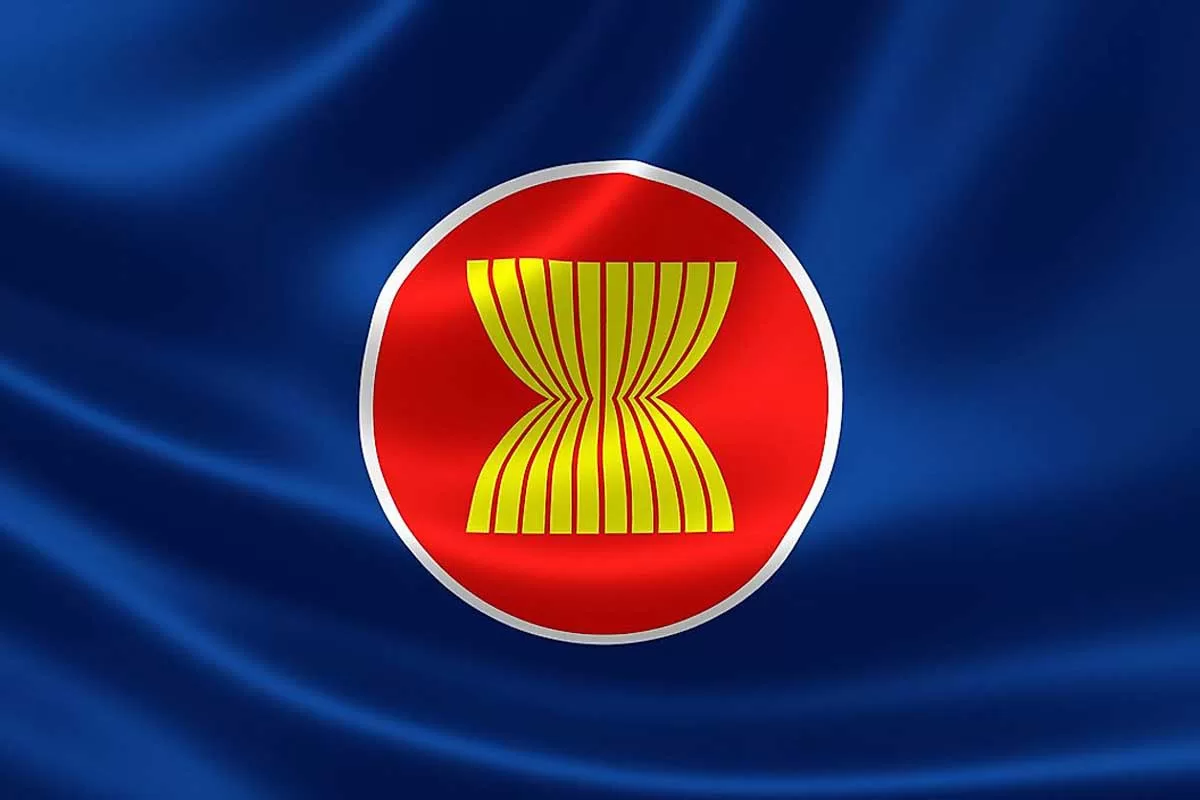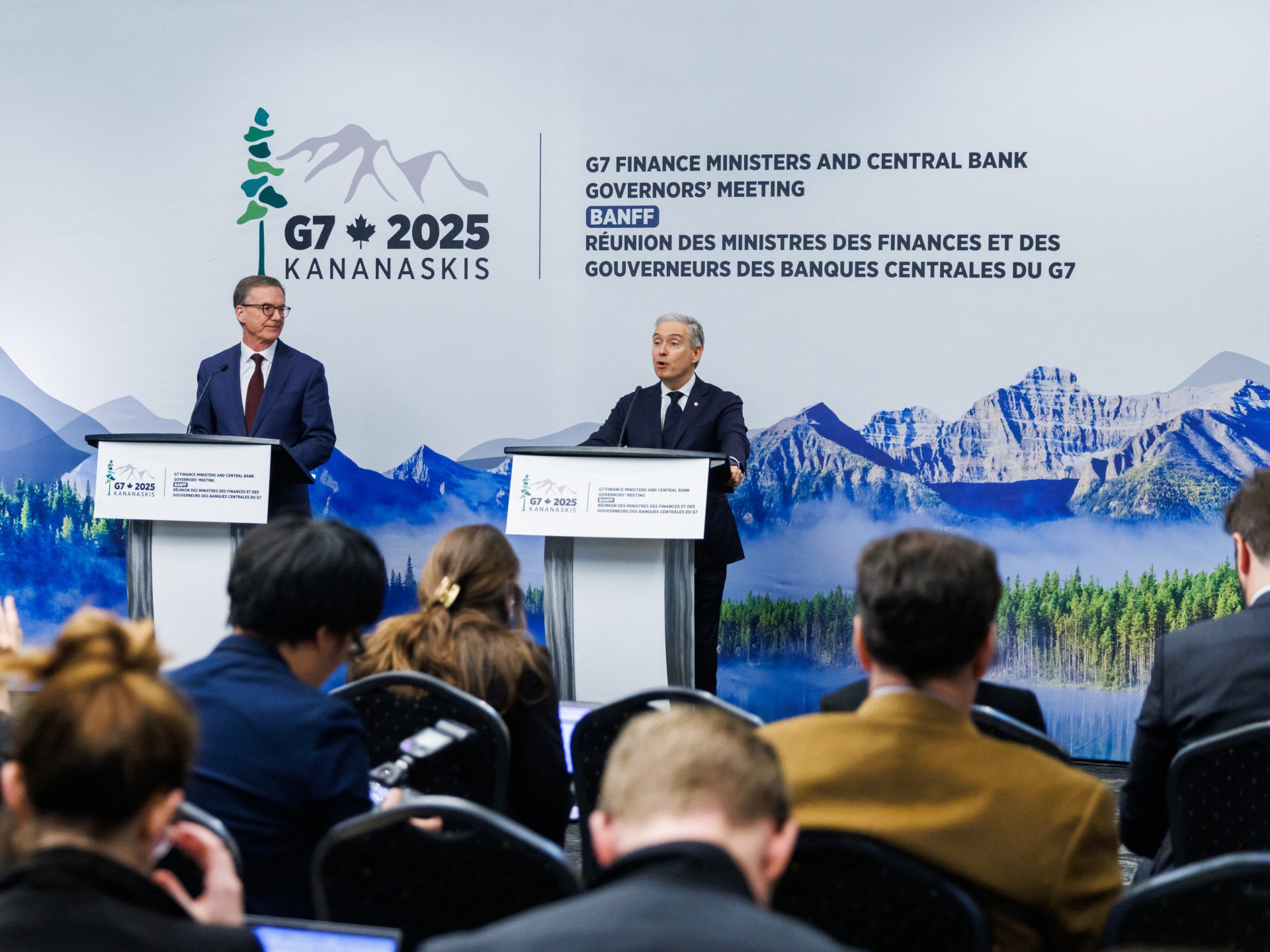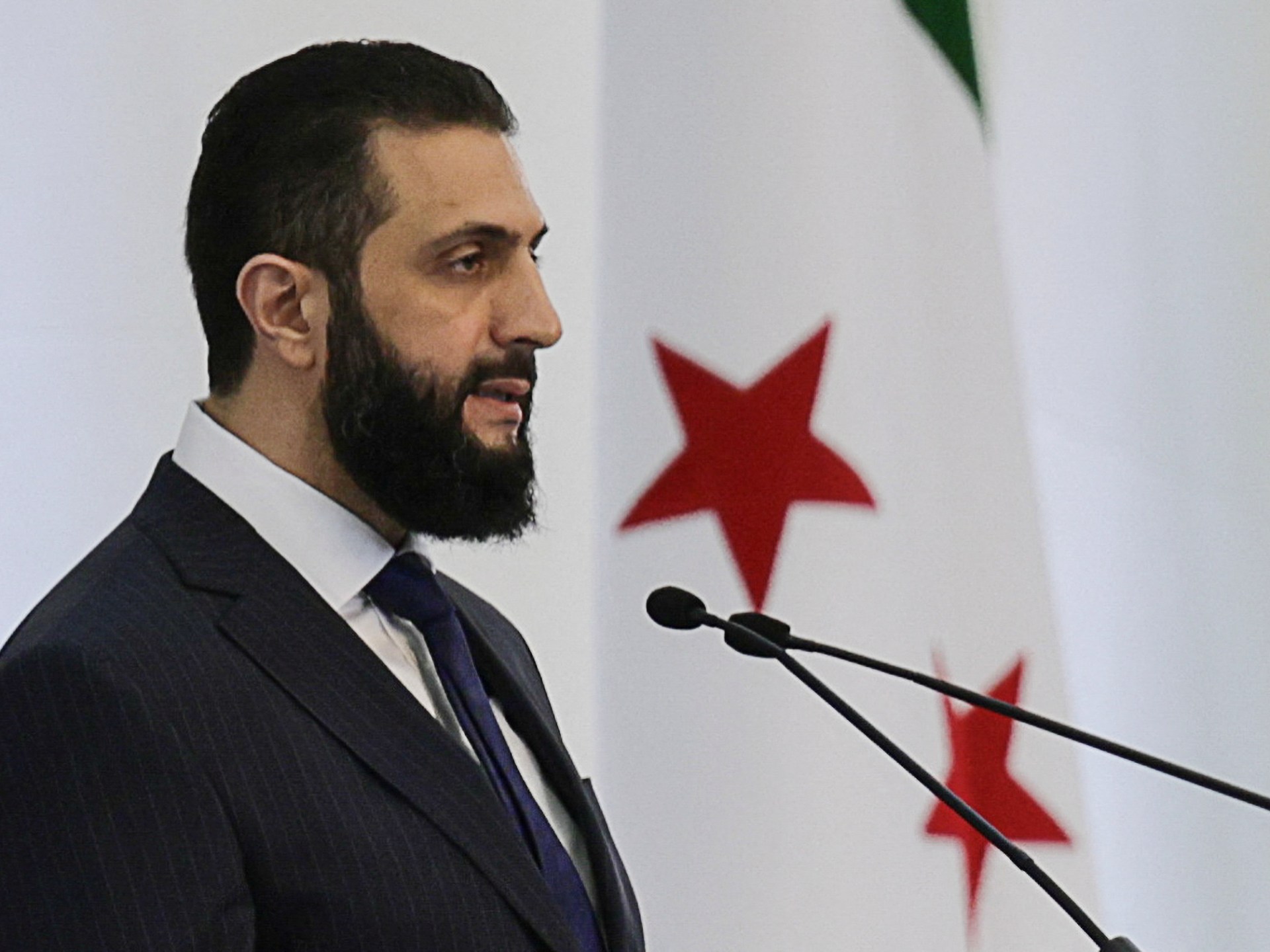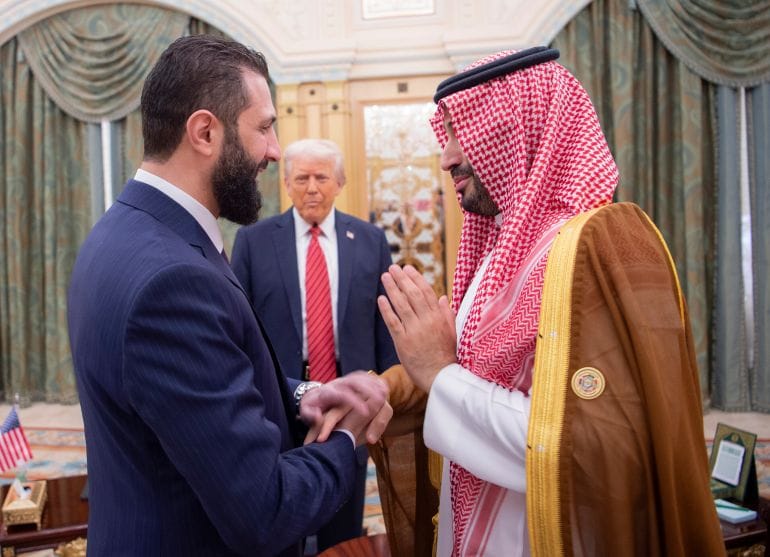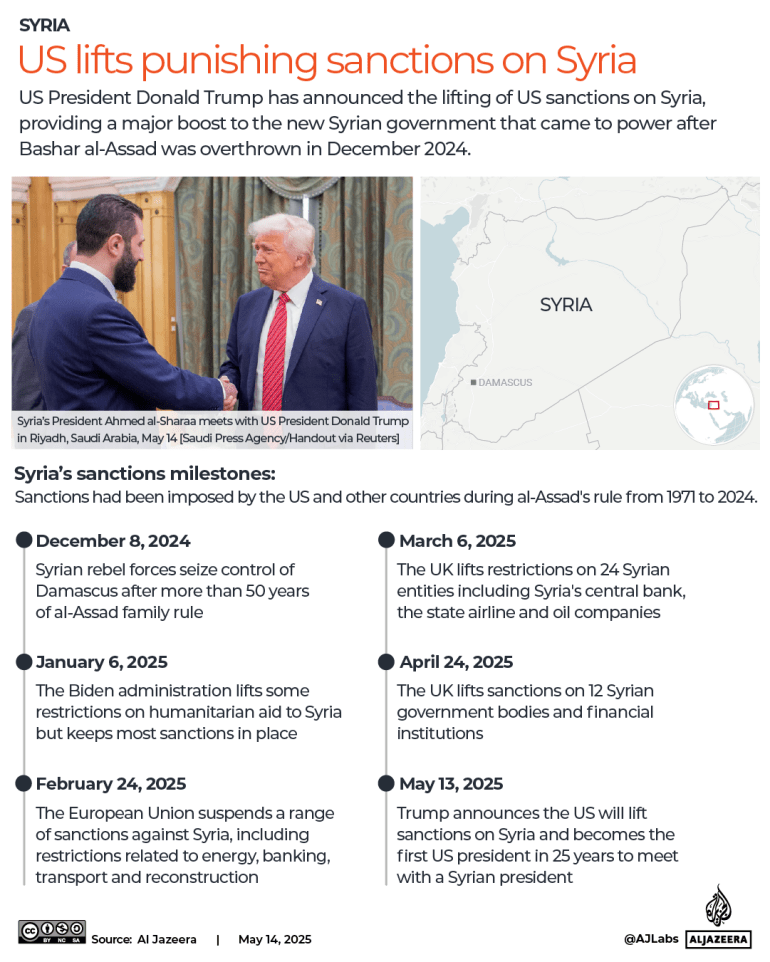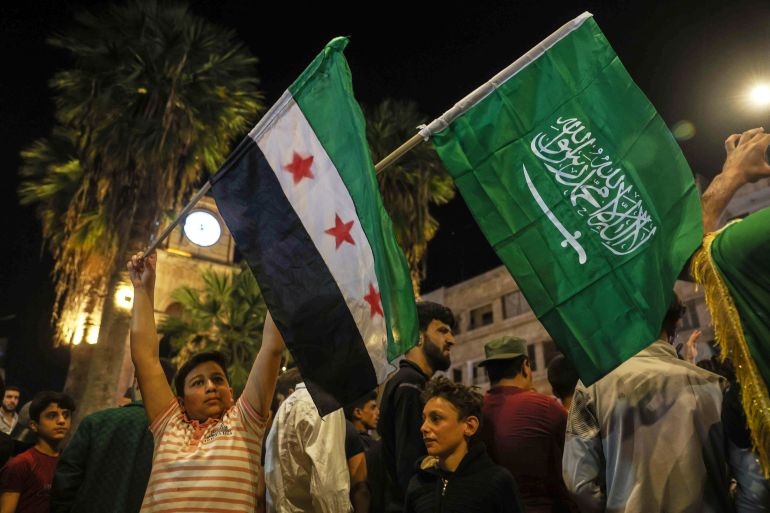 ADVERTISEMENT
ADVERTISEMENT
Financial markets are volatile with consumer confidence at its lowest level in five years – as economists point to a higher risk of recession.
It all adds up to financial uncertainty for a lot of people. Roughly half of US adults say that President Trump’s trade policies will increase prices “a lot,” according to a recent poll by The Associated Press-NORC Center for Public Affairs Research.
About half of Americans are “extremely” or “very” concerned about the possibility of the US economy going into a recession in the next few months.
Matt Watson, CEO of Origin, a financial planning app, says it’s a period of uncertainty for everyone, including experts.
“No one has a crystal ball. No one, even the people that do this professionally and have done it very successfully for many years, know what’s going to happen,” he said.
If you’re worried about how economic uncertainty might affect you, here are some expert recommendations:
Take stock of your finances
The first step to preparing for uncertain financial times is knowing your starting point, Watson said. Look at your budget or your debit card expenses so you can understand how much you spend every month.
“Take stock of where you are across a number of different categories,” Watson said.
Looking at the state of your savings and investments can also provide you with an idea of your overall financial health.
Find where you can cut back
The more nonessential expenses you can pause, the more you can save for an emergency.
“Your choice is really to cut now or cut later, so it’s easier to cut now and have a cushion,” Watson said.
If you’re having difficulty finding where to cut back, Jim Weil, managing partner at Private Vista, a financial planning firm, recommends that you divide your expenses into three buckets: needs, wants and wishes. Wishes are larger expenses that can be postponed, such as a big vacation.
For the time being, cut back expenses from the wishes section until you feel like your finances are in a good place.
Take care of your mental health
Between news about tariffs and job losses, you might feel your anxiety rising. So, it’s important that you protect your mental health while also caring about your finances said Courtney Alev, consumer advocate at Credit Karma. Sometimes, reading too much news that can affect your finances can become overbearing and create more stress than you need.
“It’s good practice to stay informed but you don’t want to let the news cycle consume you,” Alev said.
 ADVERTISEMENT
ADVERTISEMENT
If you find yourself feeling high levels of stress or anxiety when it comes to your finances, it’s best to contact a professional who can assist you, such as a financial therapist.
If looking for regular mental health services, most health insurance covers some type of mental health assistance. If you don’t have health insurance, you can look for sliding-scale therapists around the country.
Focus on what you can control
Rather than worrying too much about the economics of the entire country, Alev recommends that you focus on the aspects of your personal life that you can control in order to feel more confident in case there is a recession.
“Identify any changes that you might need to make to have more of a safety net in place that could give you confidence,” Alev said.
 ADVERTISEMENT
ADVERTISEMENT
Things you can control include budgeting, creating an emergency fund and cutting unnecessary expenses.
Create an emergency fund
Whether you are worried about your job security or the high prices of goods, it’s best that you sit down and reassess your budget to create an emergency fund. An emergency fund can feel unattainable if finances are already difficult, but having even a small amount of cash saved can make the difference, Alev said.
Ideally, your emergency fund should amount to three to six months of expenses.
Weil recommends you start thinking about any special commitments that you might have in the next year or two, such as college tuition or moving. If you are planning for a large financial commitment in the near future, Weil recommends that you plan to build a larger emergency fund.
 ADVERTISEMENT
ADVERTISEMENT
Do monthly finance check-ins
Alev recommends regularly adjusting your budget to keep your financial goals on track. Monthly budget check-ins can help identify when you are overspending or if your needs change.
“A budget is only as good as it is to help you actually make decisions, so don’t be afraid to update and adapt your budget as the months go by,” Alev said.
Choose which type of debt to tackle first
Many people struggle with debt, whether it’s credit card debt or student loan debt, which limits their ability to save. But, if you want to create an emergency fund while also tackling your debt, it will take some prioritisation.
“I would think about different kinds of debt differently,” Weil said, adding that you can place debt in three buckets: short-, medium- and long-term debt.
 ADVERTISEMENT
ADVERTISEMENT
Weil recommends that you prioritise paying off high-interest debt such as your credit card. By making extra payments or paying over the minimum payment, you will be able to pay it off quicker. Student loan debt and long-term debt such as a mortgage can be tackled with more modest payments while you focus on creating an emergency fund.
If you have credit card debt and you can’t make too much progress in paying it down, Alev recommends you try to eliminate or reduce the amount of credit you use.
Don’t panic about your investments
While the stock market has had some bad days, it’s best that you are not reactive to the market. If you have investments, especially in retirement vehicles, it’s best not to make rushed decisions, Alev said.
“You really want to try not to panic. It can be unnerving but most likely, you should have time to make that up,” she added. If you’re closer to retirement, Alev recommends that you look into more conservative investments.
 ADVERTISEMENT
ADVERTISEMENT
![Suriname's opposition leader Jennifer Geerlings-Simons (C) greets parliamentarians after the National Assembly election in Paramaribo on July 6, 2025. [Ranu Abhelakh/ AFP]](https://www.occasionaldigest.com/wp-content/uploads/2025/07/000_64XZ9NQ-1751868905.jpg)
